Warm temperatures and longer days aren’t the only reasons to love spring
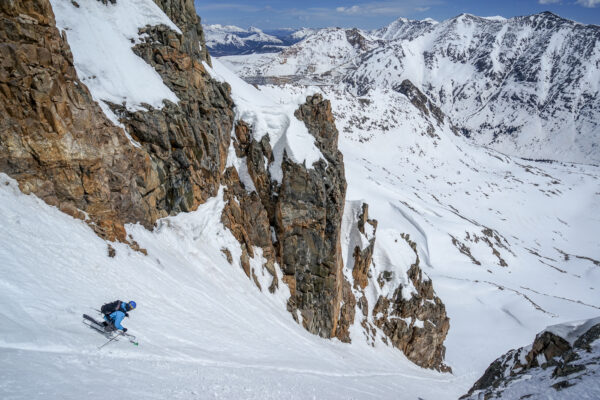
Spring is here. The days are longer, the temperatures are warmer, and the snowbanks around town are melting away. The other day, I saw a person walking downtown in flip-flops, right on cue.
It’s also the time of year when the lift-served skiing winds down. This season the ski areas have a staggered closing schedule, with one mountain calling an end to their season each week beginning with Buttermilk, which will wrap things up on Sunday, April 3. and Aspen Highlands winds down the following weekend. Snowmass is next. And on April 24, Aspen Mountain will have the final closing day.
And that’s the end of the ski season for Aspen Snowmass. The resort jobs will shut down, and the ski gear goes in the closet until next Thanksgiving. Then, it’s time to head to the desert or the beach and transitioning to summer.
Not so fast, at least that’s what some locals say. To that group — of which I consider myself a devoted member — the lift-served regular season merely represents one act of the show. There’s another act to follow: the spring backcountry season.
For much of the backcountry ski and snowboard community who don’t rely on chairlifts, it’s the best time of the year. The wind, cold temperatures, and shorter days of winter are behind us. In their place, we have longer days, pleasant temperatures, and better trailhead access as the valleys slowly melt out.
Other factors also contribute to its favored status. We’ve had all season to get in our top skiing and riding shape, and the Colorado snowpack is typically at its deepest around the time the lifts stop spinning. And after spending so much of the regular season tied up at work and dealing with the tourist community, it’s nice to finally have some free time to ski for ourselves as things quiet down.
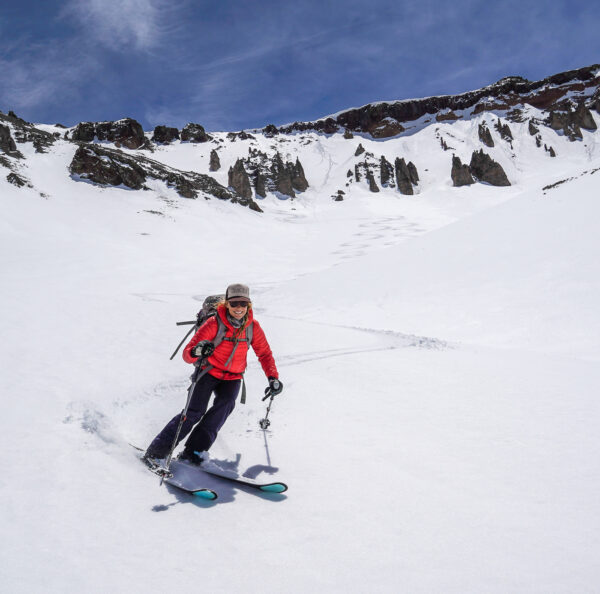
But if I could add one more significant reason why spring is so popular with the backcountry community: it’s safety. The stability of the backcountry snowpack generally improves as we enter this time of the season.
The Colorado Avalanche Information Center website is best-known for day-to-day forecasts. But that’s not all they do. Buried in the pages of their website are some insightful statistics which offer a more macro-level picture of avalanche trends and safety.
They’ve compiled data from the past 50 years regarding avalanche accidents and fatalities. The information supports the idea that the spring season is the best in terms of avalanche safety in the backcountry.
After sifting through the information recently, a few things stood out to me that I thought were worth sharing.
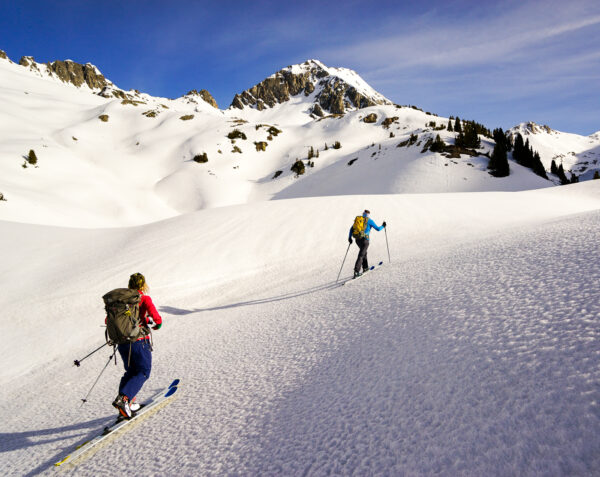
Did you know that Colorado leads the country in avalanche fatalities? Over the last 50 years, there have been 305 avalanche deaths here. The states with the next highest tallies are Alaska (166), Washington (132), Montana (123), and Utah (128) — all with about half or fewer than Colorado.
Beyond that, California, Wyoming, and Idaho all tally less than 100 deaths in 50 years. Of course, we’re all proud of Colorado, but this is one category I wish we weren’t so clearly dominating.
Breaking it down further, did you know that Pitkin County leads the state in avalanche fatalities? Over the last 50 years, there have been 47 deaths here. Second place goes to Summit County (41), followed by Clear Creek (34), and then Gunnison (23).
The remainder of mountain counties in the state have reported numbers in the teens or single digits. A first-place finish for us here, but on a podium that no one wishes to top.
The CAIC has also compiled the 50-year total of avalanche fatalities nationally, as they occur over different months. It follows a bell curve distribution reminiscent of a college stats class. As the snow season begins, the avalanche fatalities go up through mid-winter, and then decrease into the spring.
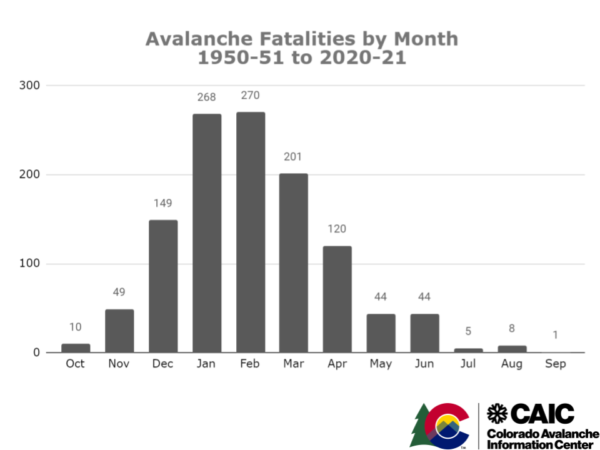
More specifically, over the past five decades, there have been 49 avalanche deaths that have occurred in November. In December, the tally rises to 149, and January and February are nearly tied at 268 and 270 deaths, respectively.
And that’s when the curve starts to go down. March comes in at 201, and April is even lower, with 120 fatalities. May ranks the lowest of the winter and spring months— it’s down to 44. Over the past five decades, we have averaged less than one fatality a year during May across the entire country.
That low number in May is just 16% of the peak number in January or February. More than five times as many people have died in avalanches in this country in January or February compared to May.
I’d be remiss not to point out that this is objective data without any controls. More information is needed to be able to draw firm conclusions. Specifically, if there are fewer people in the backcountry in May than in January, you would naturally expect fewer fatalities.
Modern-day avalanche science corroborates the idea that the winter months tend to be a more dangerous time. It’s agreed that slab formation and the various factors contributing to instability are more serious concerns at that time of the year.
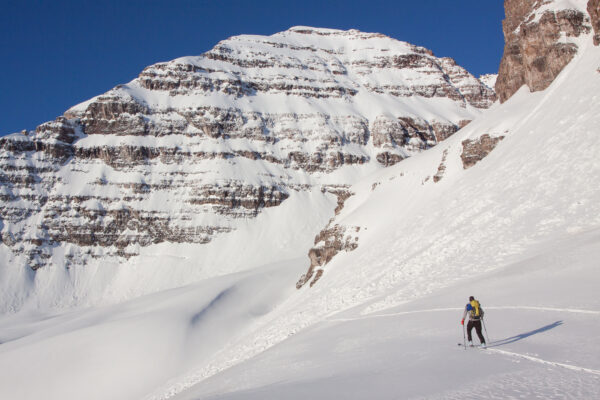
Once spring arrives, the higher temperatures and melt-freeze cycle can have a stabilizing effect on the snowpack. The repetitive pattern of warm days and freezing nights can reduce and eventually neutralize the buried layers that pose a problem earlier in the year.
So, after a hectic winter, I’m looking forward to the spring season and pursuing my backcountry and ski mountaineering goals. Of course, longer days are nice, as is warmer weather. But I also know that by pushing my bigger backcountry ski ventures into April and May, I’m stacking the odds of a safe outing in my favor, and that’s more important than anything.

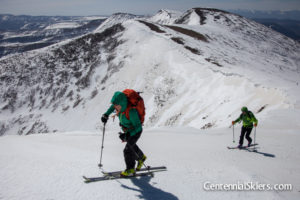
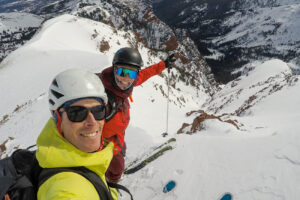
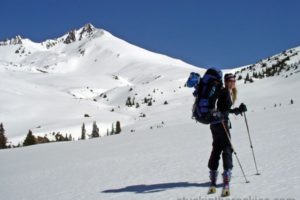
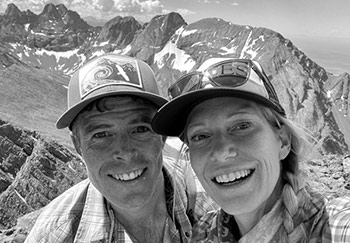






Leave a Reply